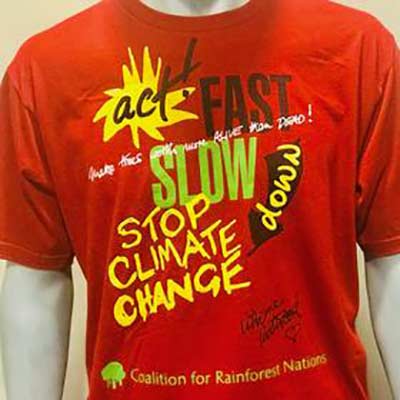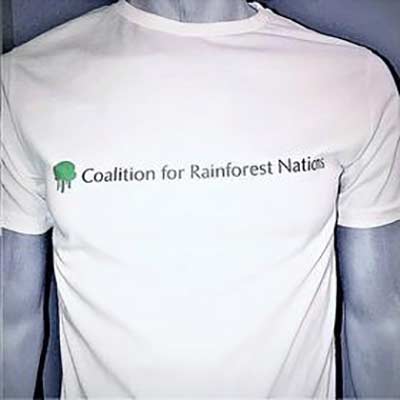News: Round-up from CfRN Countries
July 30, 2021, New York
Africa
Congo Maps 30-Year Forest & Land Use Changes for First Time.
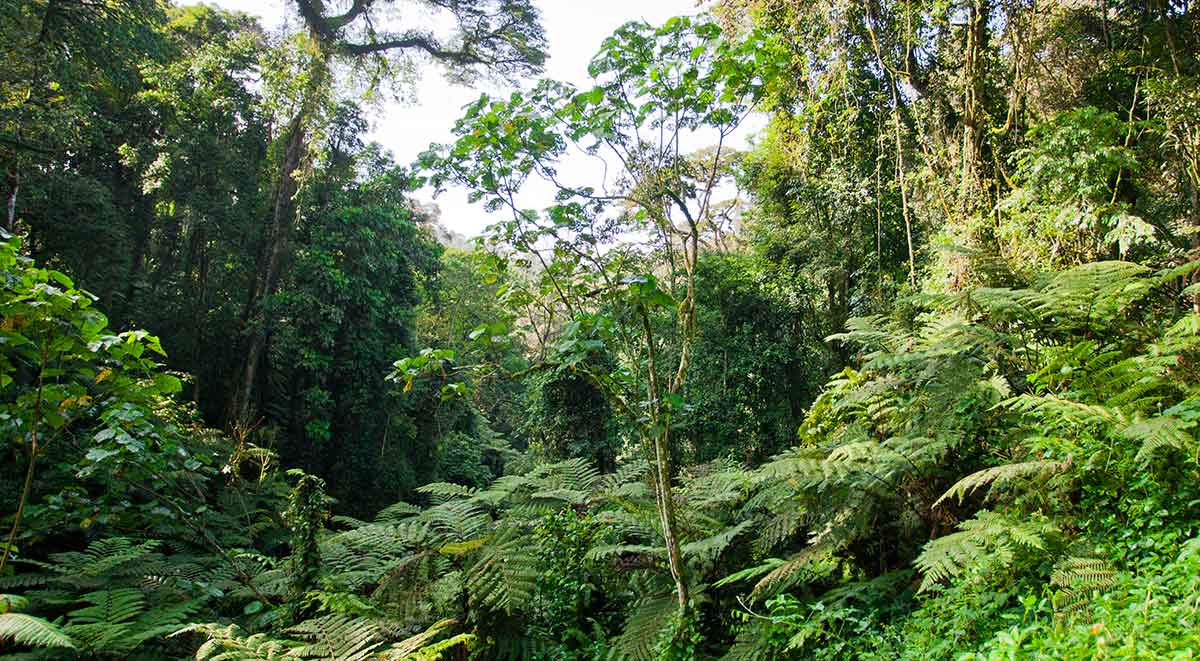
Between March and June, the Congo Republic completed a full survey of its land use change for the whole country for the period 1990-2020. This is the first time the country has undertaken such an exercise. It comprised interpretation of over 21,000 sample points using Collect Earth Online for an area covering the entire country of 3,420,000 hectares. The work was supported by United States Forestry Service (USFS), UN Food and Agriculture Organization (FAO) and the Coalition for Rainforest Nations (CfRN). The national team of experts received a one-day workshop every two weeks to discuss the main challenges, harmonize interpretation, and provide quality assurance of the data. The data are currently going through final quality checks and comparison with other national products to ensure the accuracy of the information collected. The goal will be to include these data into Congo’s next greenhouse has inventory (GHGi) and REDD+ reporting. The sessions represented a follow-up to two earlier workshops held in September 2020 and February 2021 that provided training on the Collect Earth Observation Tool, and how to prepare a national protocol for data collection.
Gabon Sets New Targets to Reduce Emissions through Preservation of Rainforests.
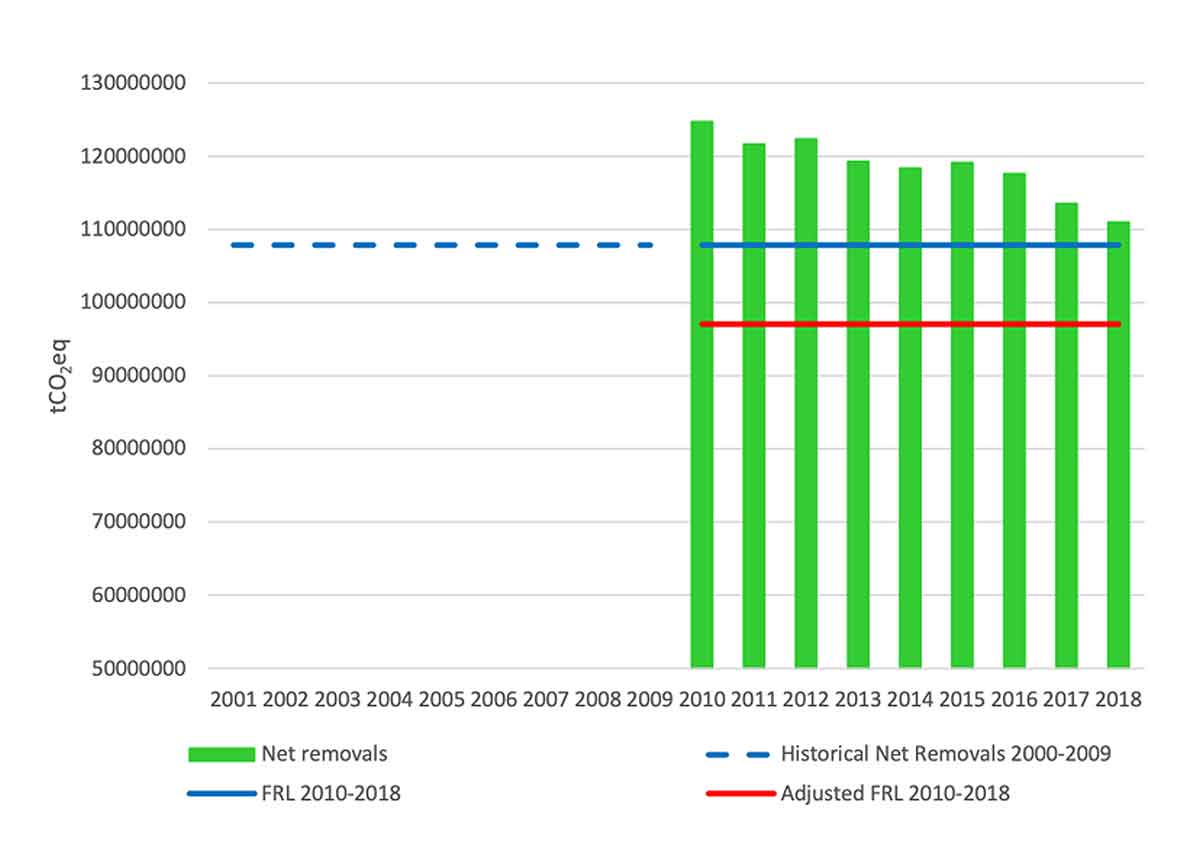
In February, Gabon submitted it’s modified Forest Reference Levels (FRLs) for Reducing Deforestation and Degradation Mechanism (REDD+). These reference levels serve as a benchmark for assessing each country’s performance in slowing deforestation through the Reducing Emissions from Deforestation and Degradation mechanism (REDD+). Gabon saw a reduction in its gross emissions by 40% between 2007 and 2012, after which emissions remained stable and low for most of the 2010s (see below image). During this period, that national government implemented a series of key national policies, including the creation of a major national park, new forest law, and a raw timber export ban.
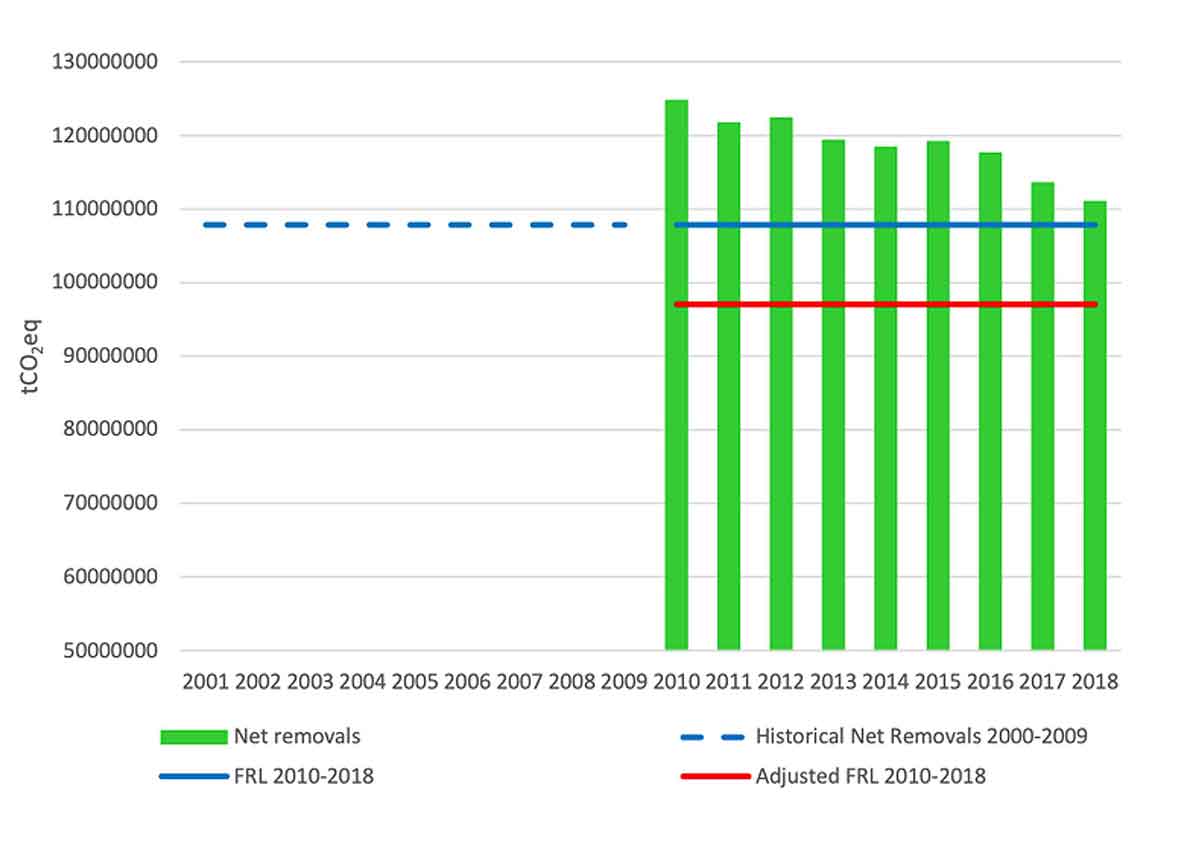
For the period 2000-2009, the total average annual net carbon removals or the process of removing carbon dioxide from the atmosphere,
from activities which slowed deforestation, forest degradation, sustainable management of forests and conservation of forest carbon stocks and enhancement of forest carbon stocks was 107,839,499 tonnes of carbon dioxide equivalent /year. The new target or national adjusted FRL, applied to results years 2010-2018 results, was tightened to 97,055,549 tonnes of carbon dioxide equivalent (see below image).
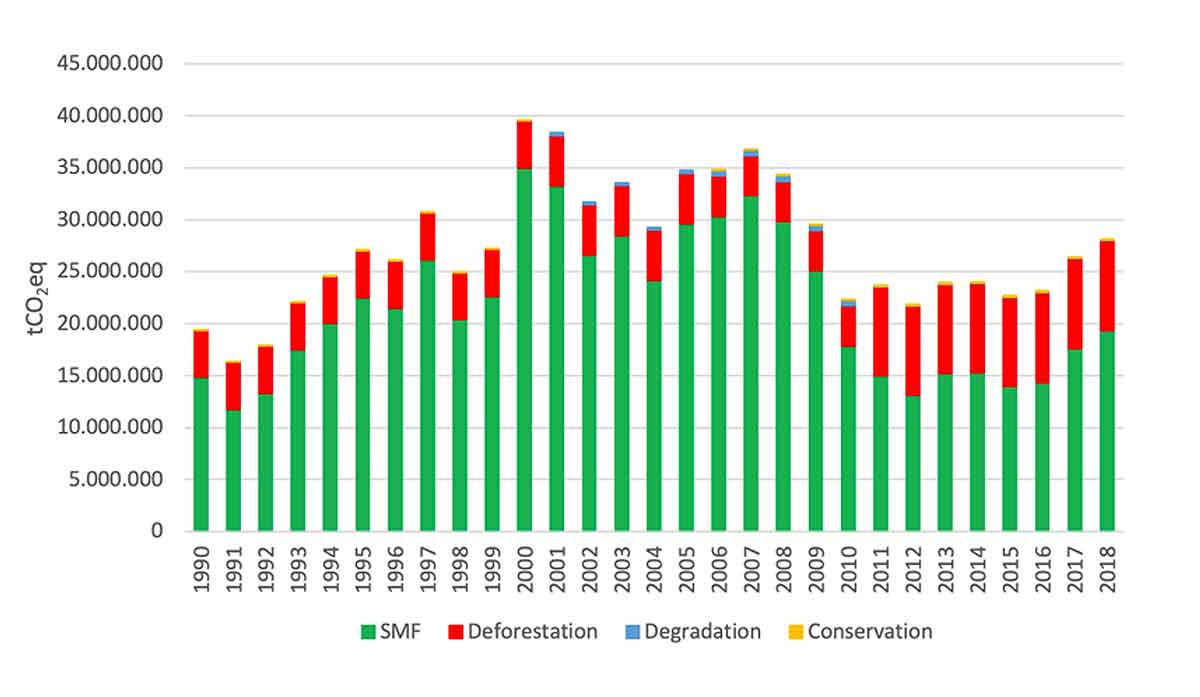
To learn more, read Gabon’s Proposed National Forest Reference Level report here:
To learn more about Forest Reference Levels and what they are, see the UNFCCC explainer here
Central African Women take part in UNFCCC Negotiating and Reporting Workshops
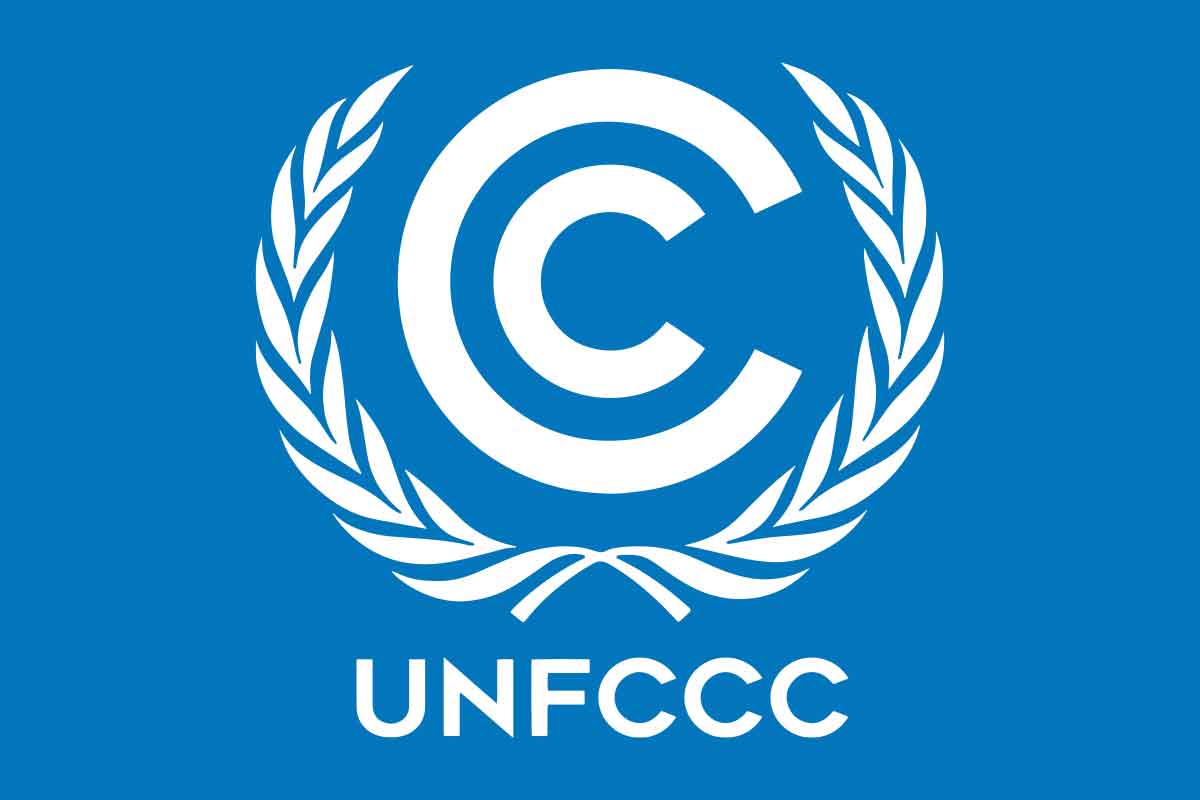
Women representatives from governments and agencies in Cameroon, Republic of the Congo, Democratic Republic of Congo, and Gabon attended the Enhancing Expertise and Contributions of Central African women in the UNFCCC Reporting Processes initiative, organized by United States Forestry Service. The initiative focuses on strengthening expertise and engagement within the UNFCCC reporting and negotiations process. Between April and June, CfRN organized a series of one-week workshops for each participating country called an Introduction to Climate Change – Global and National Action. CfRN’s senior technical expert, Leonardo Massai, presented on the Paris Agreement and the Enhanced Transparency Framework. Between September-December, further workshops will be provided on climate negotiations and greenhouse gas inventory preparation by CfRN and other organizations.
Caribbean and Central America
Saint Lucia Sets New Targets to Reduce Emissions through Preservation of Rainforests.
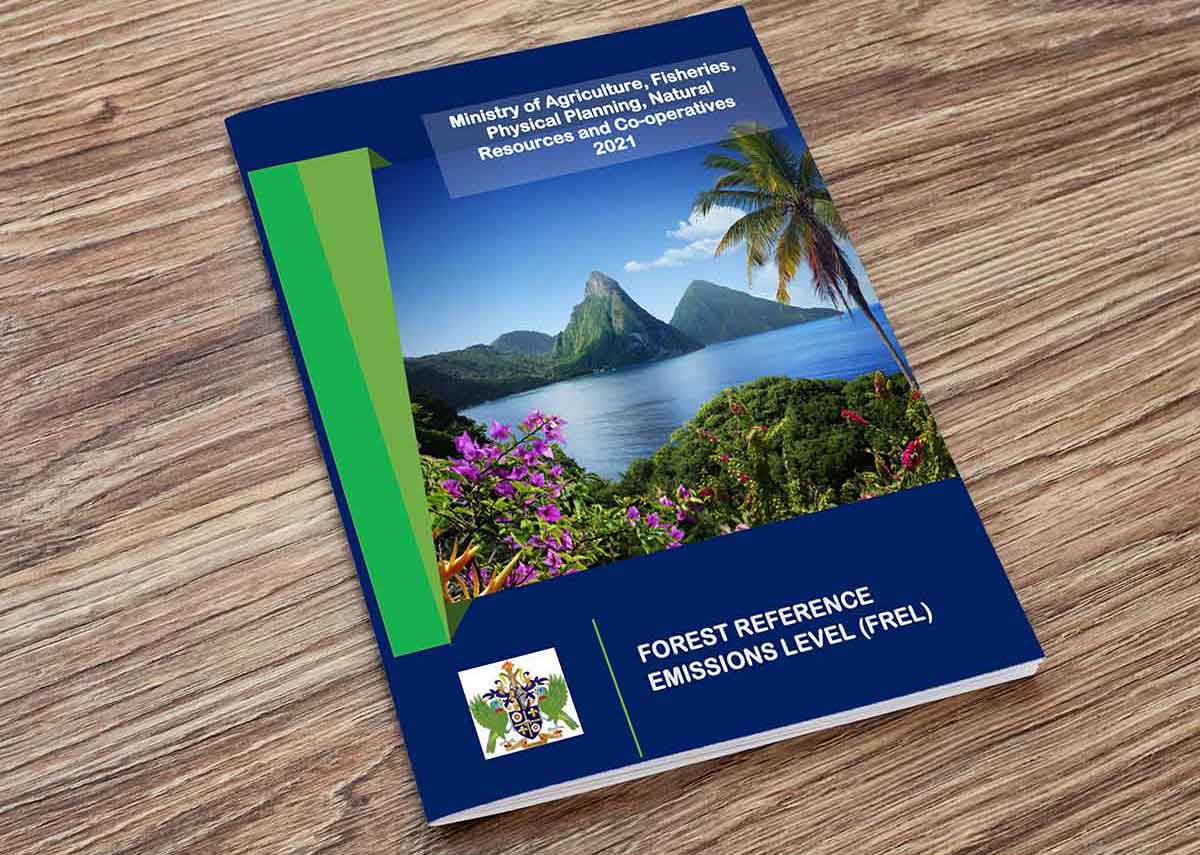
In January, Saint Lucia successfully submitted its new targets to reduce emissions through the preservation of its rainforests. This new Forest Reference Emissions Level (FREL) was subject to a technical assessment by an Inter-governmental Panel Climate Change assessment team. The independent assessment team worked with Saint Lucia’s technical team to verify its FREL consistency with the corresponding national greenhouse gas inventories that Saint Lucia submitted in its first Biennial Update Report (BUR) to the UNFCCC. The assessment team evaluated the extent to which information provided was transparent, complete, consistent, and accurate. As a result, St Lucia successfully submitted a modified version of the FREL to the United Nations Framework Convention on Climate Change’s REDD+ mechanism on June 30.
Belize Updates its Greenhouse Gas Emissions Reduction Targets ahead of COP26.

Belize is currently in the process of updating its new national emissions targets for the Paris Agreement, called Nationally Determined Contributions (NDCs). Belize submitted its first NDCs in 2016 and is submitting an updated version of these commitments for inclusion into the global carbon stock-take for the UN’s 26th Conference of Parties in Glasgow this November. Its new targets and actions will reflect domestic climate policies, strategies, and plans related. CfRN has been working with Belize to harmonize these updated NDCs with the latest Forest and Other Land Use – Greenhouse Gas Inventory (FOLU-GHG inventory) included in its first Biennial Update Report to the UN. The CfRN team is helping to ensure that all methodological information and data sets, approaches, methods, models are consistent. Belize is also in the process of collecting new land use and land use change data for 2019 and 2020. CfRN has been supporting the Belize climate team in reviewing these data, following the UN’s quality assurance /quality control protocols set for data collection.

